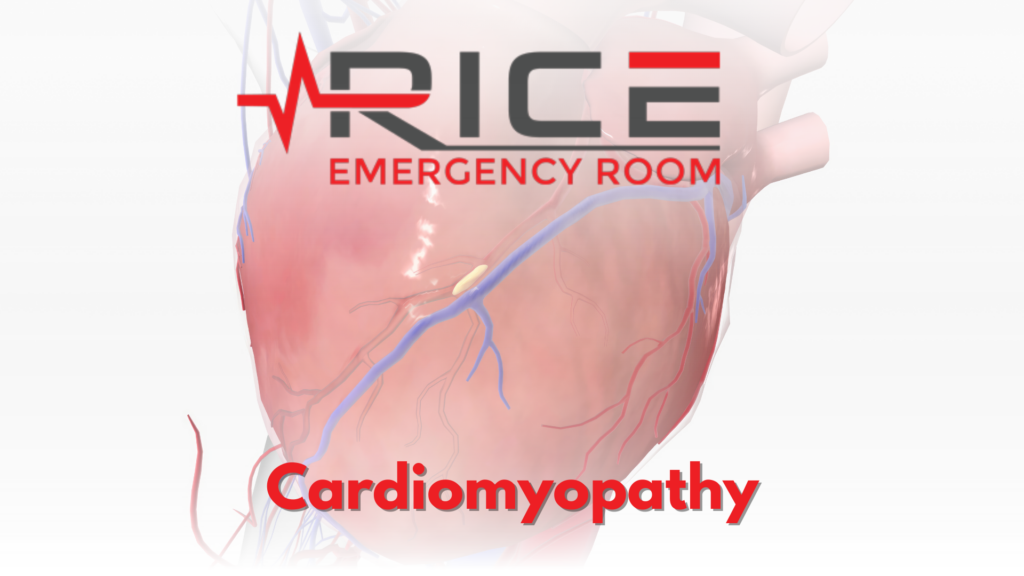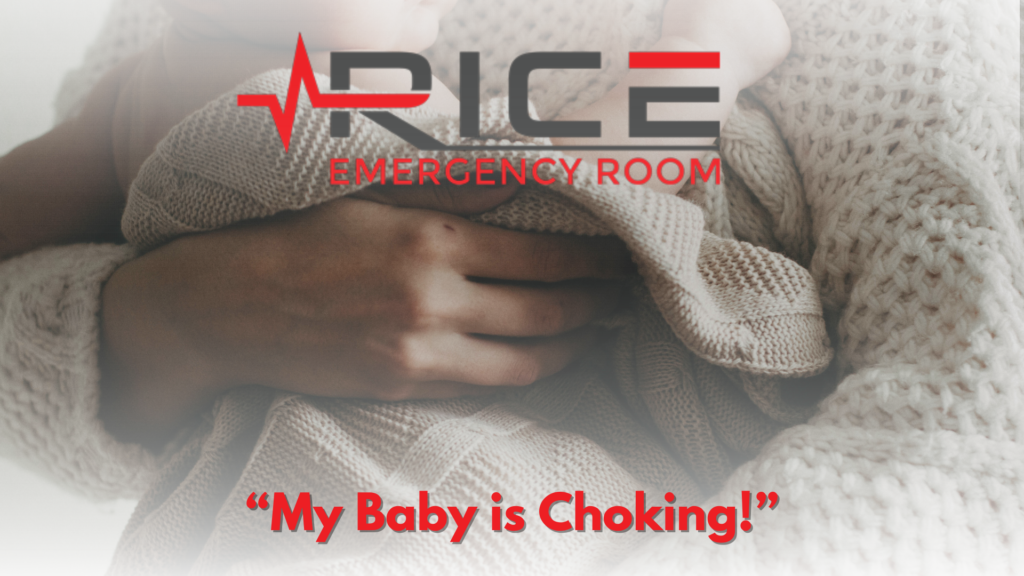September is Pain Awareness Month. Living with pain can make it hard to do everyday things. About 100 million Americans have chronic pain, more than diabetes, heart disease, or cancer. The nerve cells under the skin and the organs all over the body are where the pain starts. It is a warning sign that something needs to be looked at.
In recognition of National Pain Awareness Month, many healthcare organizations and individuals contribute to public awareness. In 2001, the ACPA led a group of organizations in making September the first month known as Pain Awareness Month. The ACPA started Partners for Understanding Pain, and 80 organizations, like the NAACP, health care professionals, and consumer groups, backed it. Ever since, Pain Awareness Month has helped many recognize and not ignore the symptoms of pain. (Butanis)
Identifying Pain As An Emergency
Many people seek medical assistance at the ER because they are in pain. They need emergency care because their pain is overwhelming. Often doctors are concerned that the cause of the pain has resulted from a new medical problem.
A survey conducted by the American College of Pain Administration and the American College of Emergency Medicine Physicians, patients who visited the emergency room (ER) at least once in the previous two years were diagnosed with recurring chronic pain.
What To Expect At The ER
Going to the ER completely prepared can make the process go more smoothly. Because you may not be able to think clearly in a crisis, it’s a good idea to have this information in an envelope or folder you can grab on your way out the door.
The emergency department is designed to treat sudden, severe, or unstable illnesses or accidents. It cannot replace routine care from a family doctor or pain specialist. However, it can help you get through those times when your pain becomes unbearable, or you experience some other significant event.
When you go to the emergency room, you can expect:
- To be treated with dignity;
- Have your issue regarded seriously;
- To be seen as soon as possible, given the number of other cases awaiting treatment (some of which may be more dangerous than they appear);
- Receive appropriate care for your disease as well as treatment to alleviate your current pain;
- Be referred to a doctor or clinic that can provide the long-term care you require
Most ERs have a patient intake procedure which includes triage. The staff will collect your basic information when you initially enter the ER. (American Chronic Pain Association)
What Can Chronic Pain Look Like
- Chronic pain can lead to insomnia: Chronic pain frequently harms people’s sleep and can lead to insomnia in some scenarios, making it nearly impossible to get a good night’s sleep.
- Diet can help or hinder chronic pain: Some people have discovered that regular foods and beverages can assist or hurt their chronic pain.
- Chronic pain does not always have a clear cause: While there are numerous potential causes, it is equally important to note that chronic pain does not always have an apparent reason.
(Insightmg)
Even if you feel better after visiting the ER, it’s critical to contact or see your usual doctor and the clinic or doctor recommended by the ER personnel. It is highly recommended to find ways to deal with the pain and keep it under control indefinitely. Pain that does not go away is a complicated illness with numerous treatment options. It is best to seek complete supervision from your doctor.
Our “No Wait” to be Seen Initiative
Because we solely treat medical emergencies, we can provide new patients with little to no wait time which is important when you are having a pain emergency. We provide on-site laboratory and radiology services and accelerated testing and evaluation by a board-certified ER physician.
We’ve all waited in a busy ER for a call to an exam room. We returned to that room to be evaluated and have labs and radiology ordered. Because major in-patient hospitals include patients undergoing surgery or receiving longer-term care, emergency cases are at the mercy of the existing inpatient load. The Rice Emergency Room patient care procedure avoids a lengthy hospital ER wait. We are here 24/7 to treat you promptly, all with a no “surprise billing” policy in place.
Works Cited
American Chronic Pain Association. “September Is Pain Awareness Month.” American Chronic Pain Association, 1 July 2021, www.theacpa.org/september-is-pain-awareness-month/.
Insightmg. “About the American Academy of Pain Medicine.” AAPM, 1 Nov. 2018, painmed.org/about-the-american-academy-of-pain-medicine/.
Butanis, Benjamin. “September Is Pain Awareness Month.” Johns Hopkins Medicine, 3 Apr. 2017, www.hopkinsmedicine.org/news/stories/september_pain_awareness_month.html#:~:text=Understanding%20more%20about%20the%20underlying,improve%20treatments%20and%20alleviate%20suffering.
American Chronic Pain Association. “Going to the ER.” American Chronic Pain Association, 1 July 2021, www.theacpa.org/going-to-the-er/.




